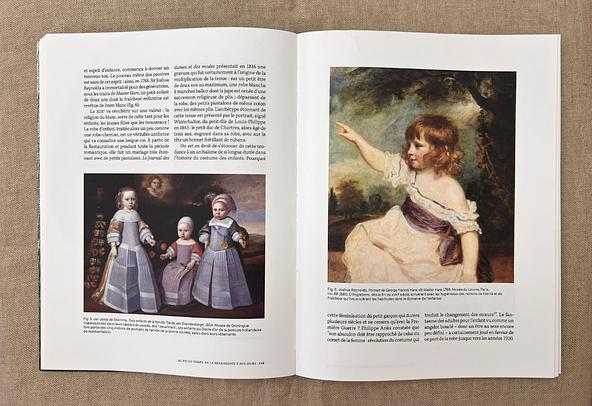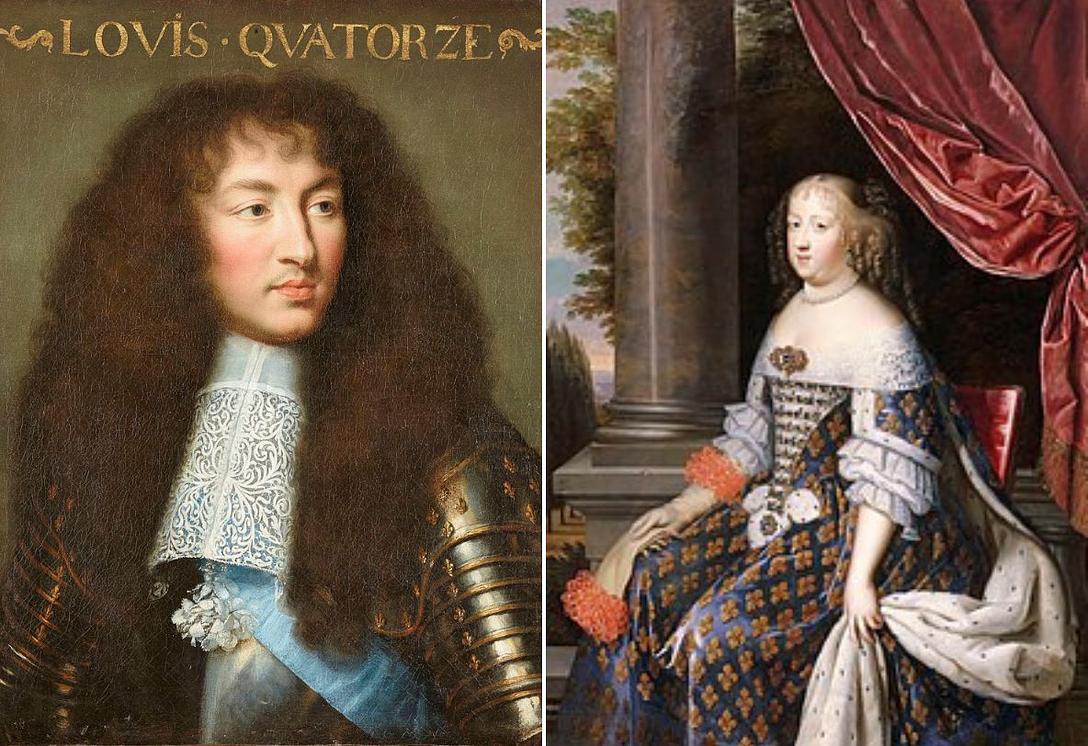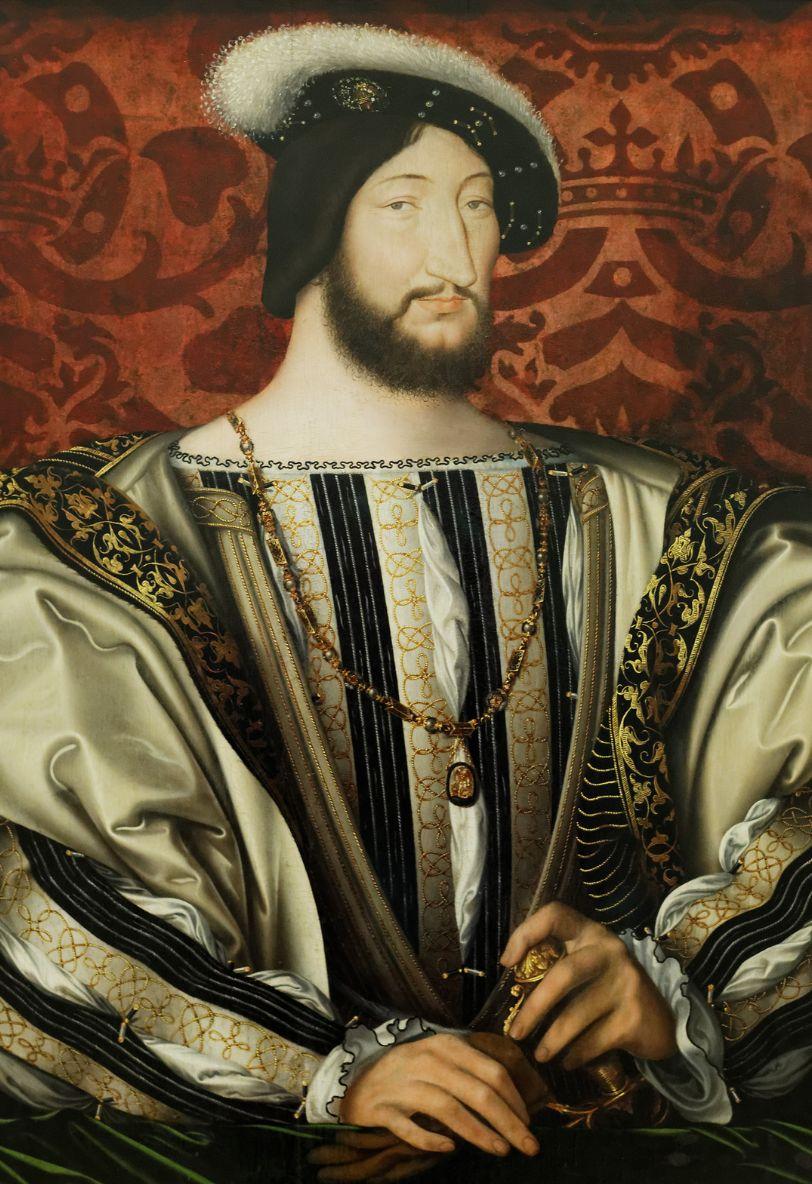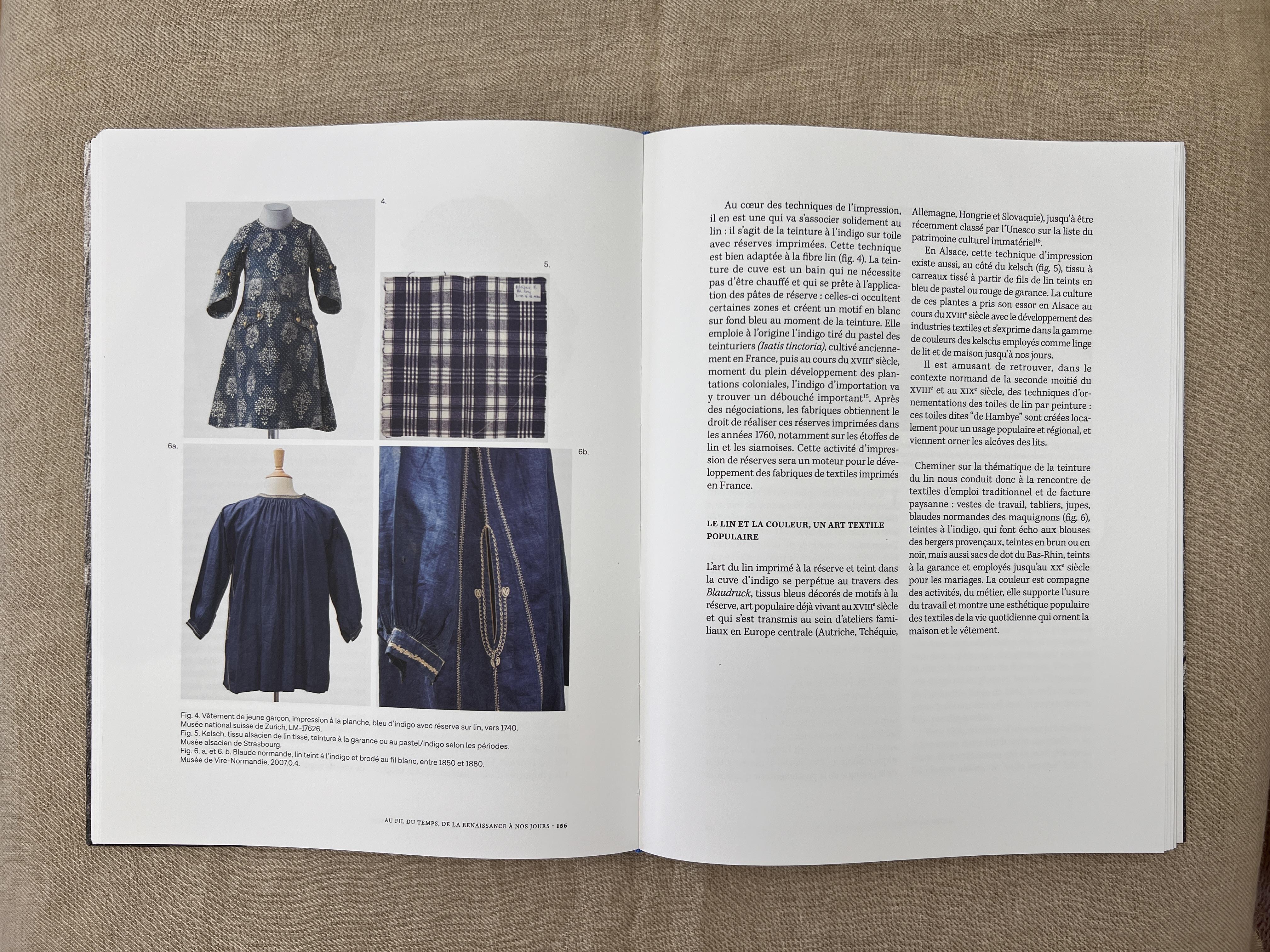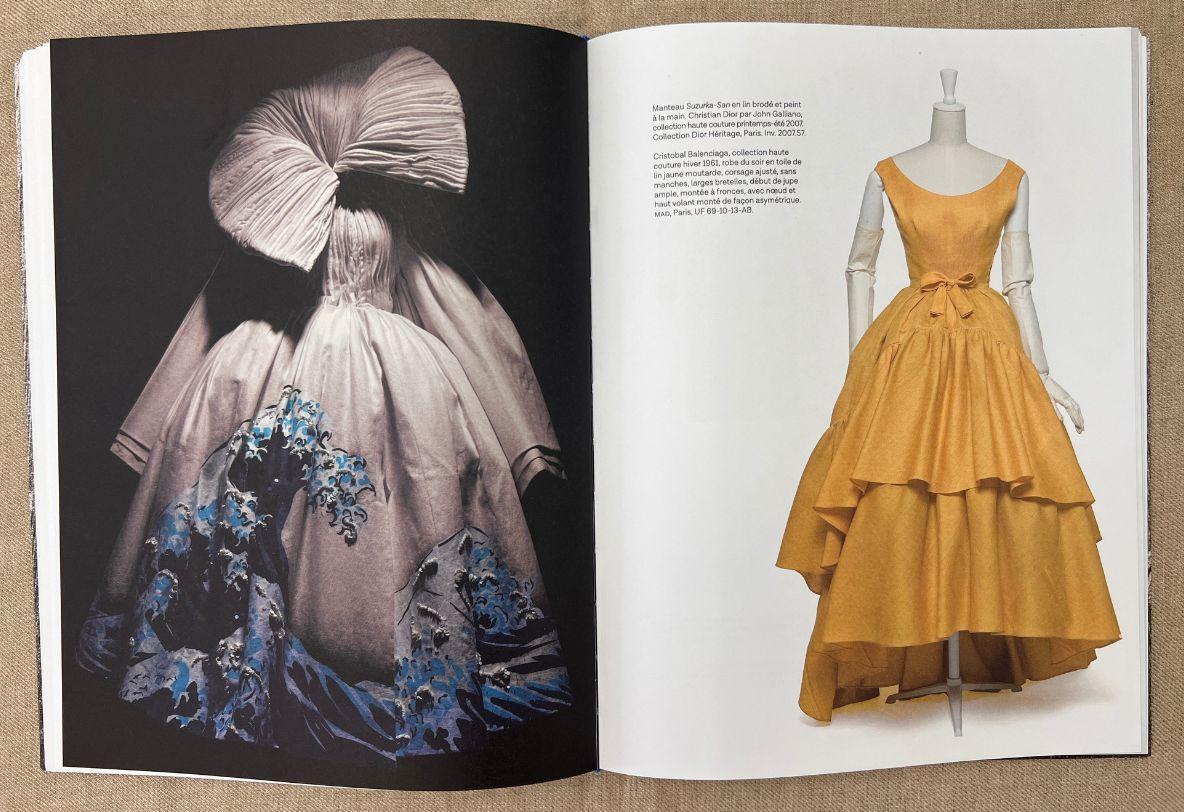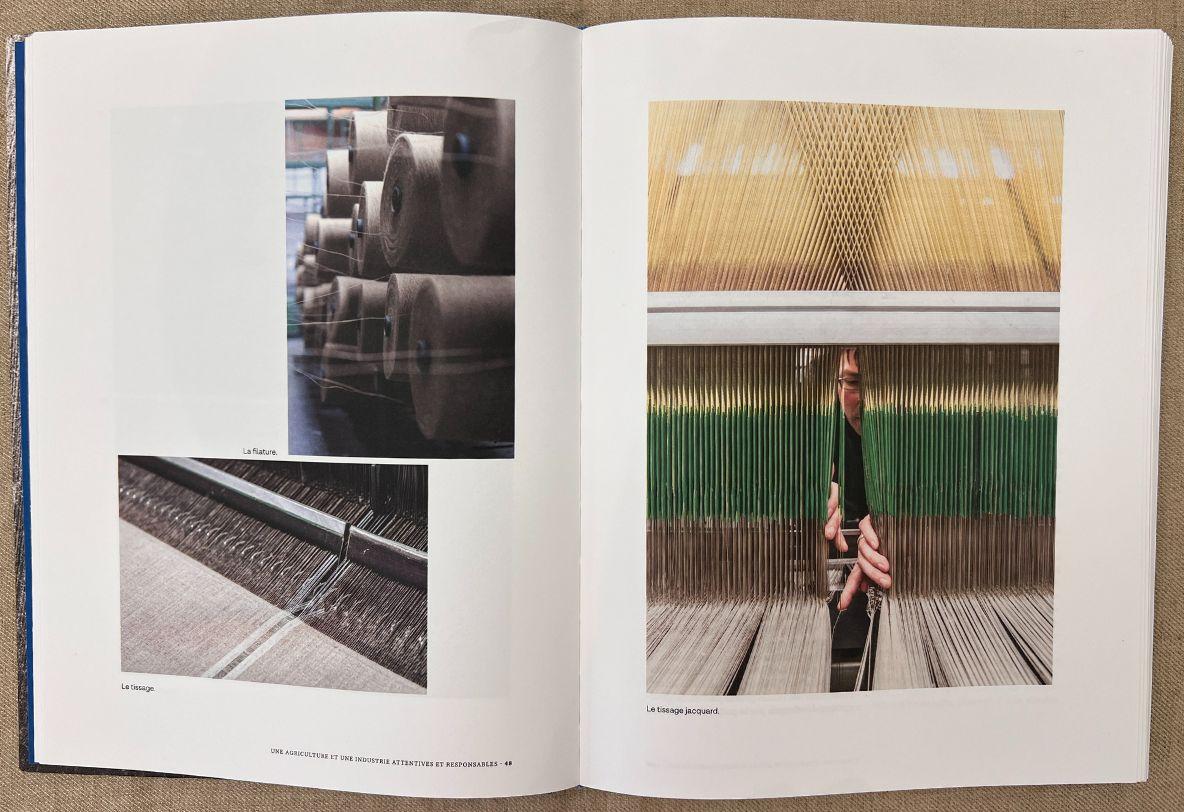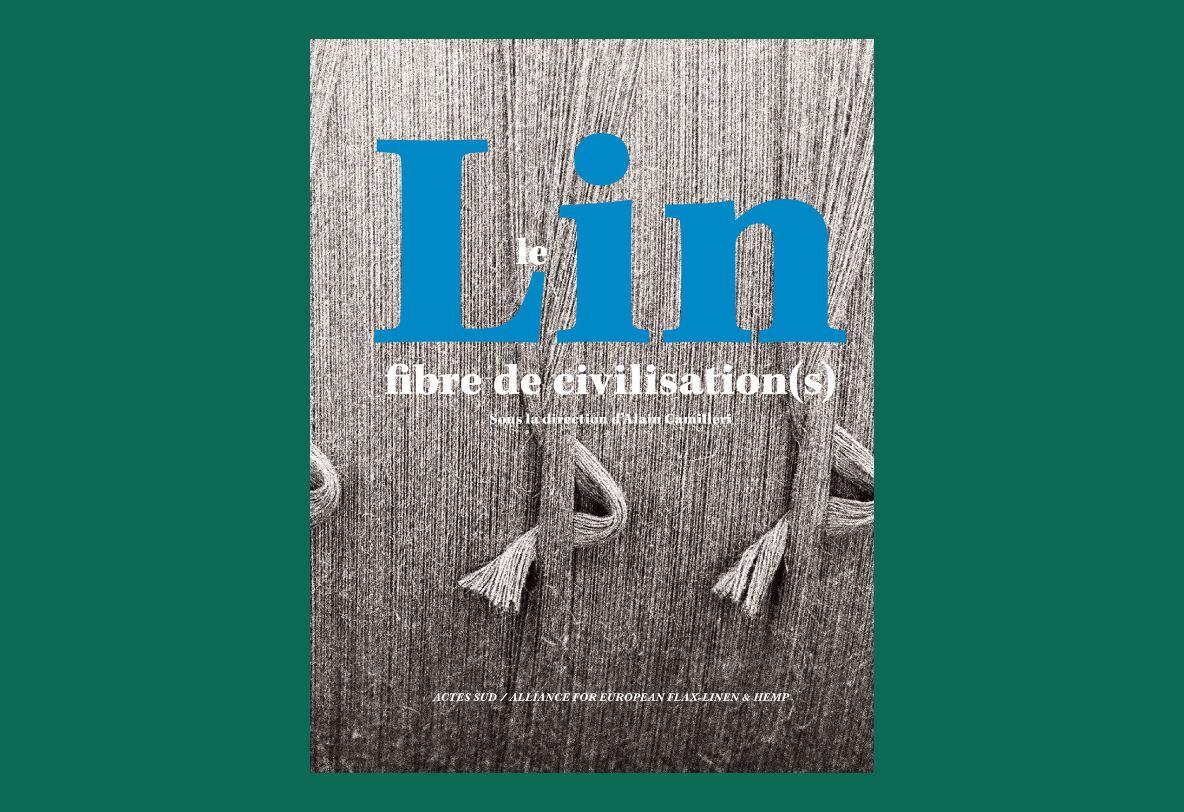Linen central to fashion under Louis XIV: diversification, luxury and elegance
During the Renaissance, linen symbolized elegance, purity, and wealth. The Sun King's era elevated linen to a noble status through innovations, making it a luxurious fiber in the French textile industry.
